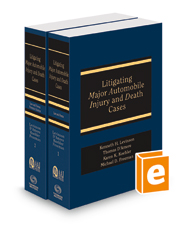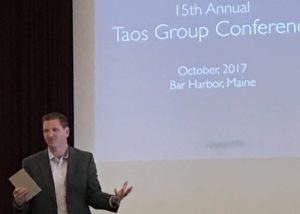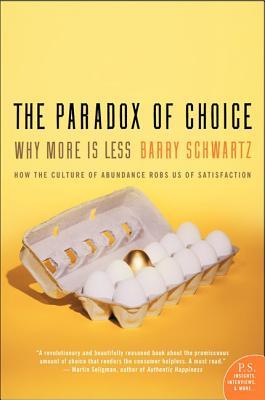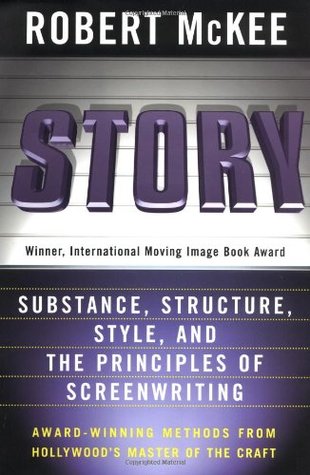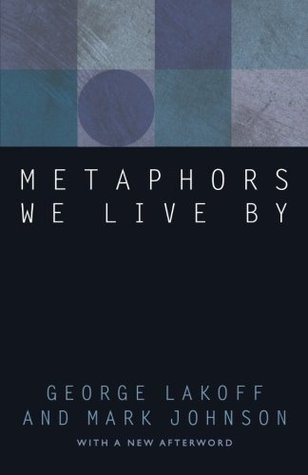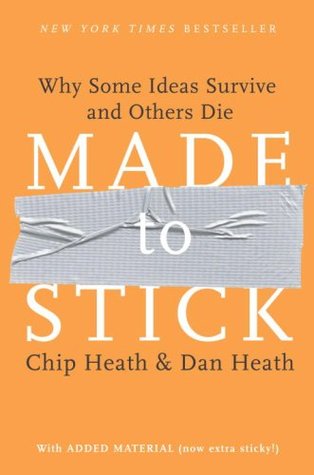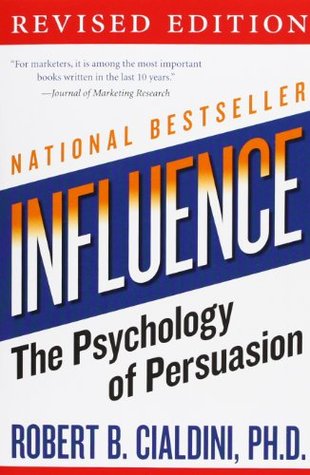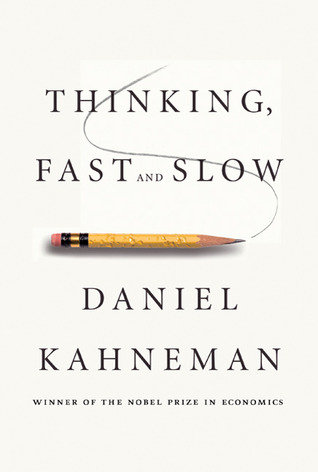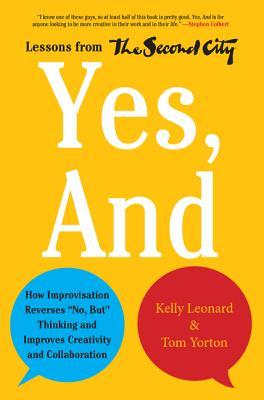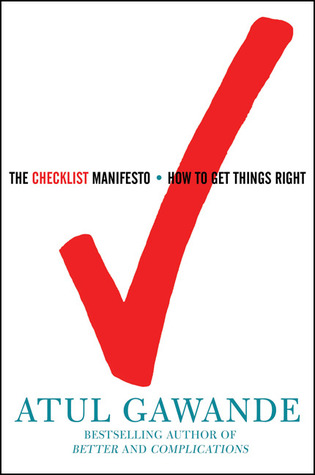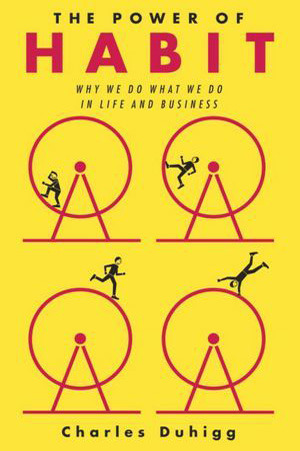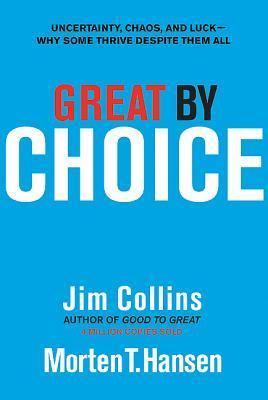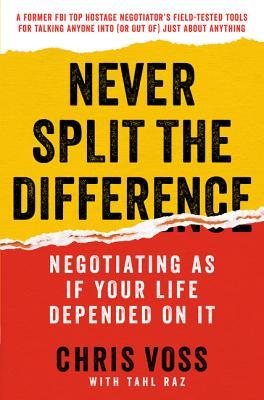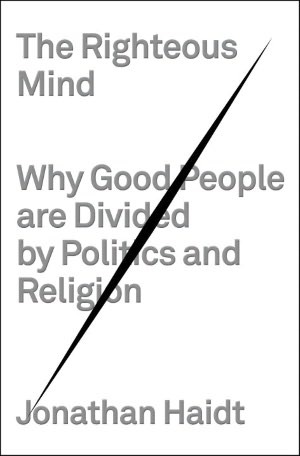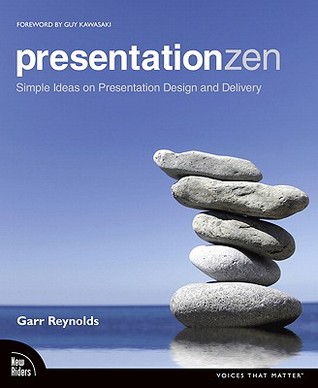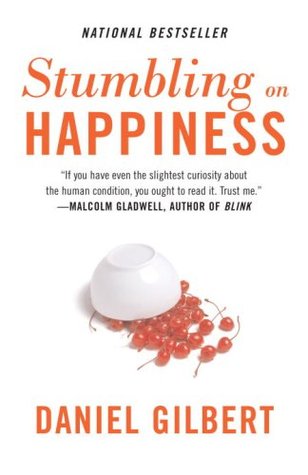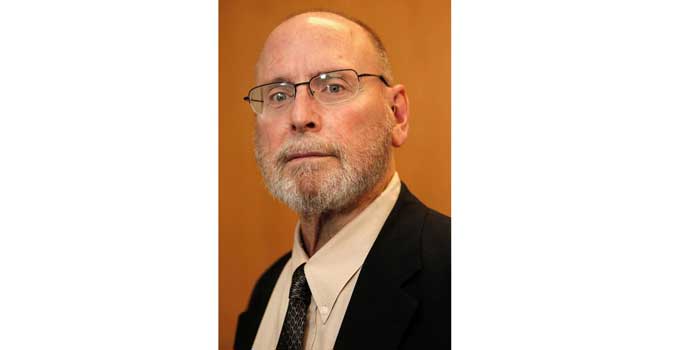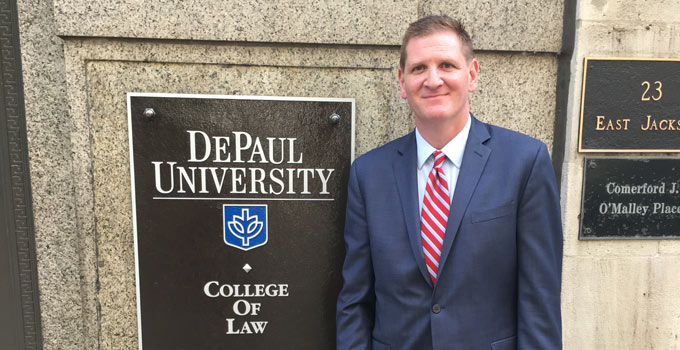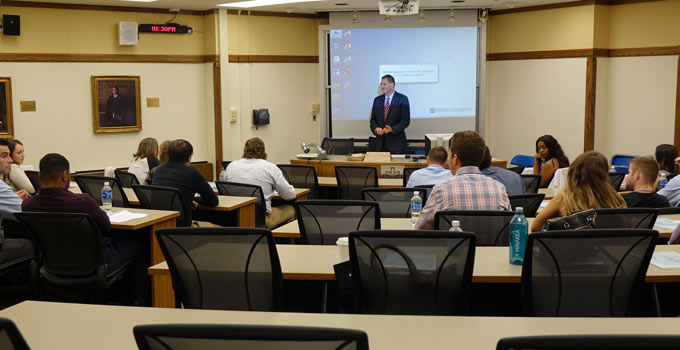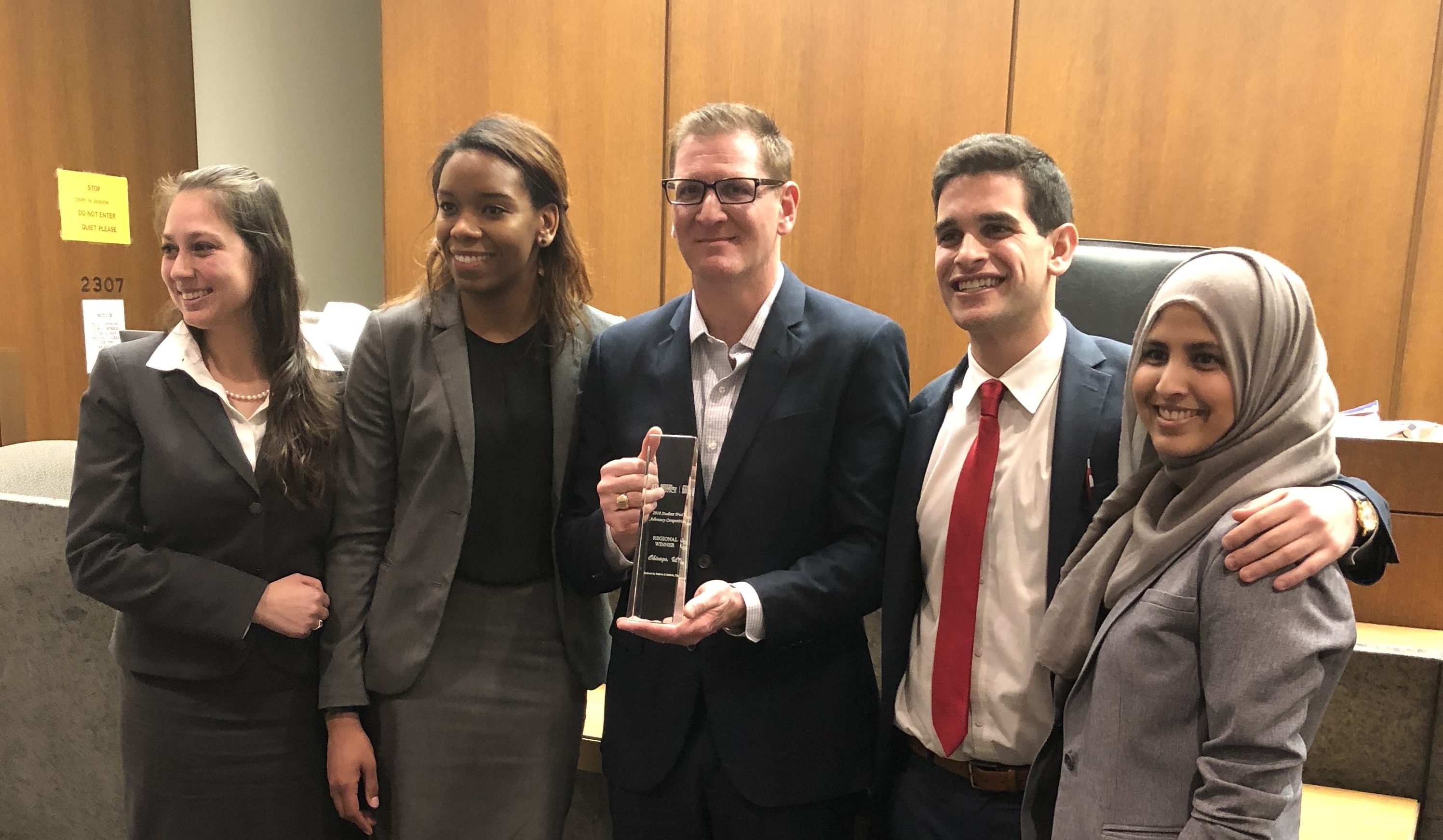
Supporting the next generation of great trial lawyers is extremely important to us. Last weekend, our firm proudly ran the AAJ Student Trial Advocacy Competition Chicago Regional. There were over 200 law school teams nationwide from 125 law schools and 16 teams compete in the Chicago regional.
Here are more details about STAC:
One of AAJ’s goals is to inspire excellence in trial advocacy through training and education for both law students and practicing attorneys. One way AAJ accomplishes this goal is by sponsoring the national Student Trial Advocacy Competition, an annual mock trial competition. This is an exceptional opportunity for law students to develop and practice their trial advocacy skills before distinguished members of the bar and bench.
The competition is open to law schools nationwide. Each law school may enter one or two teams, each team consisting of four law students. Teams registering after the competition is full will be put on a waiting list. A school’s selection method of its trial team is left to the school to determine. However, for a student to be eligible, he or she must be enrolled for a J.D. degree and be a law student member of AAJ. Students who graduate in December 2016 are eligible to participate only if the competition counts toward their credits for graduation and they will not be admitted to practice prior to March 2017.
Teams are assigned to one of fourteen regional competitions. Only the top team from each region will advance to the National Final Competition.
AAJ’s mock trial cases are always civil cases and tend to deal with products liability, personal injury, or medical malpractice/negligence issues. Teams will be judged on their skills in case preparation, opening statements, use of facts, the examination of lay and expert witnesses, and closing arguments. There will be no written exercise.
Because the purpose of this competition is to give law students the opportunity to develop their trial skills, the actual merits of the plaintiff’s case and the defendant’s case presented are irrelevant to this purpose. The competition is not to be decided on the merits of the plaintiff ’s or defendant’s case.
The winning team from each regional competition will advance to the National Final Competition. The national winning team will receive complimentary airfare, hotel accommodations, and registration for the AAJ Annual Convention in Boston, Massachusetts, July 22 – 25, 2017.
We’d like to thank everyone involved. We’re particularly grateful to those of you who took time out of your busy lives to volunteer over the weekend. Your generosity is greatly appreciated by, not only our firm, but also the students who will become the lawyers of the future.
Thank you!
